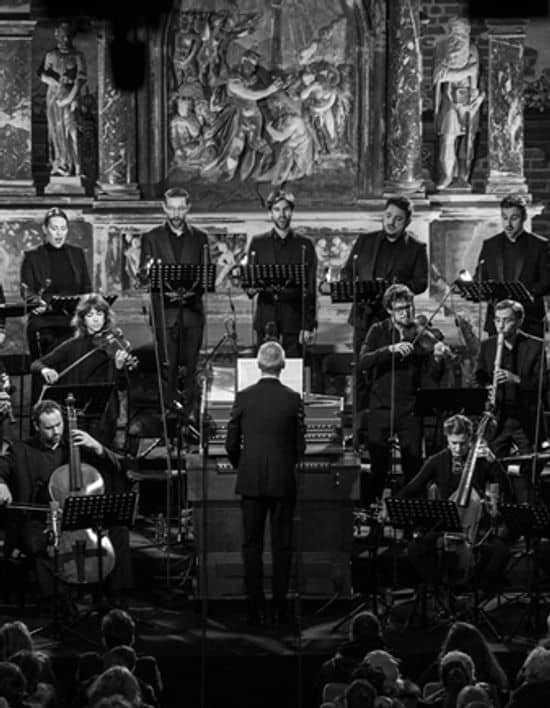Men’s lamentations
The Lamentations of the Prophet Jeremiah, contained in the Old Testament, mourn the destruction of the Temple of Jerusalem by the Babylonians six centuries BC.
More than ten centuries later, they passed from Jewish liturgy to Christian tradition, taking their place in the office of Holy Week.
The “Offices de Ténèbres”, which set them to music, had a particularly strong impact on religious life throughout the Grand Siècle: from the 600 convents in Paris to the abbeys in all the provinces of the kingdom, not forgetting certain parishes, the clergy took advantage of this extraordinary ceremonial to leave their mark on souls. The rite is initially marked by the gradual darkness that concludes it, as the candles are extinguished. Gradually abandoning the austere plainsong, composers came up with sublime polyphonies, most often performed in convents, in equal voices. Their writing was spellbinding, primarily due to the structure of the text and the fact that it was punctuated with Hebrew letters on the long vocalizations.
Charpentier is the composer of this period who provided the most leçons de ténèbres. His style clearly varies according to the context: from the florid ornamentation of the Abbaye-aux-bois, to the splendid gravity of the Leçons pour les Jésuites in this concert, the music is always of unprecedented depth and fervor…
